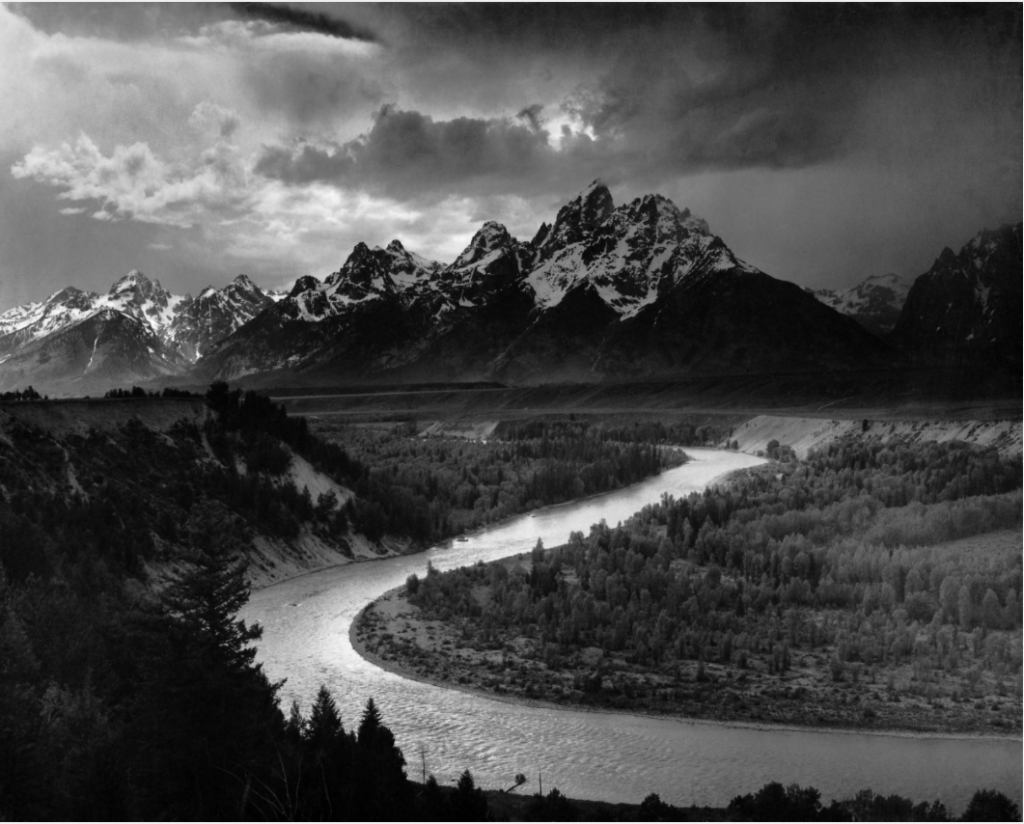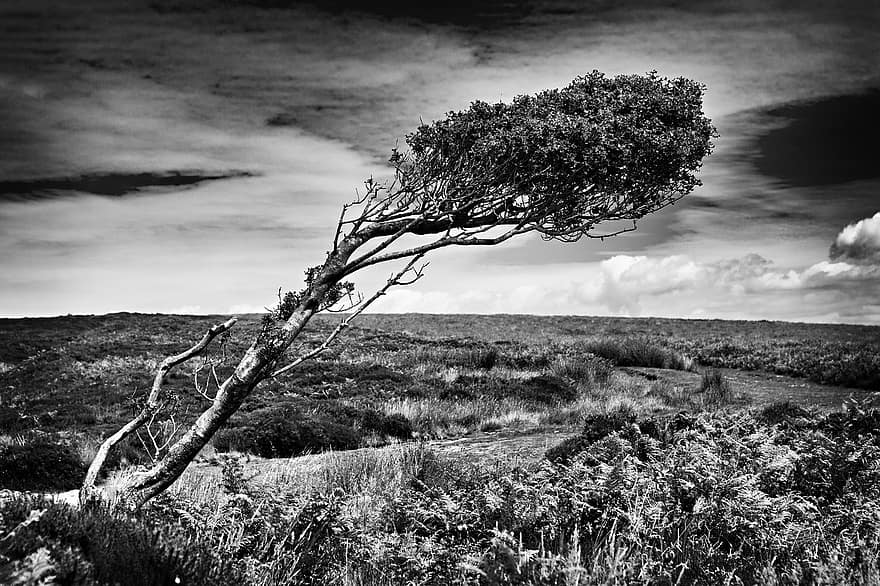Adams was an American landscape photographer and environmentalist known for his black-and-white images of the American West. He has been a visionary in his efforts to preserve this country’s wild and scenic areas, both on film and on Earth. Drawn to the beauty of nature’s monuments, he is regarded by environmentalists as a monument himself, and by photographers as a national institution. People say he was the most important landscape photographer of the 20th century, most widely known and beloved photographer in the history of the United States. The popularity of his work has only increased since his death. Adams’s most important work was devoted to what was or appeared to be the country’s remaining fragments of untouched wilderness, in national parks and areas of the American West.
This acute attention to the specifics of the physical world was also the root of his intense appreciation of the landscape in microcosm (a community, place, or situation regarded as encapsulating in miniature the characteristics of something much larger). His work expresses a remarkable variety of response, ranging from childish wonder, to languorous pleasure, to the biblical excitement of nature in storm, to the recognition of a stern and strict natural world.

Adams’ images have incredible texture, depth, layers, shadows, shapes, patterns and lines, mostly created by the use of grey-scale tones to create height and definition. All of his images were taken in natural sunlight and have a variety of highlights and shadows. In his images there is a heavy amount of contrast between the light and dark tones.
Adams preferred his photographs in black and white, he felt colour could be distracting, and could therefore divert an artist’s attention from the achievement of his full potential when taking a photograph, Adams said “I believe that a black and white photograph has a certain quality that colour will never have. By stripping the photograph of colour, your strip away distraction to the eye, and get down to the crux of the story, or uncover a secret moment that colours may have tinted too fiercely.”
In almost every photograph Adams took, he involved every tone from pasty white to the deepest black. Our eyes are drawn to areas that are bright, or areas that are sharply in focus, both forms of contrast represented in Adams’ photography. Our eyes use low level information to locate areas of interest. Adams accentuated the areas of light, pulling the eye’s attention to them. However, he creates areas of large contrast by increasing clarity and sharpness, which guides the eye in certain directions. He does this to get the eye to enter the frame at a certain point and then land on key areas.






